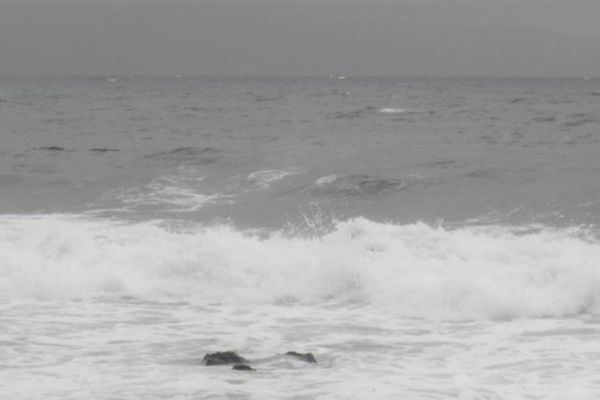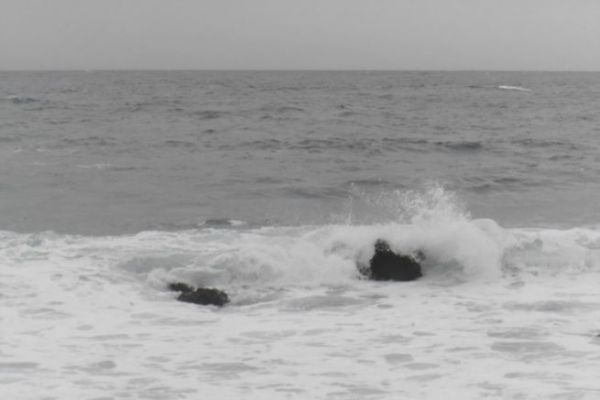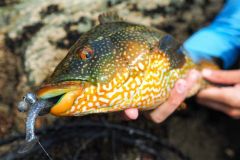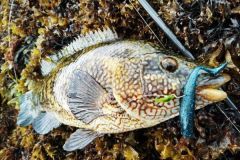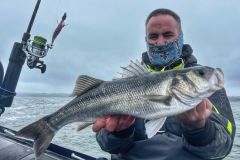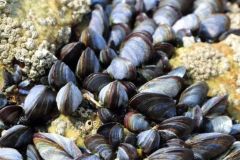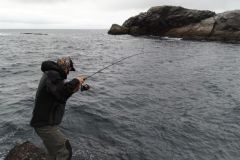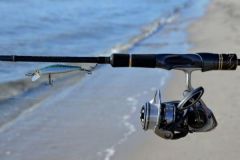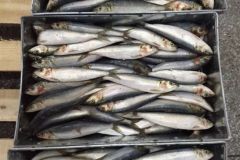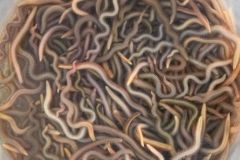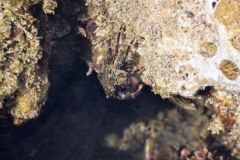The pelota fishing technique
Pelota fishing is a time-honoured practice that makes for great shore fishing in the foam. It's a simple technique that involves presenting a single or treble hook covered with a fragrant paste. Pelota paste is made from flour, wheat semolina and crushed sardine fillets. To get the most out of the foam, you'll need a fairly long rod (4 to 6 metres), a reel fitted with braid and a fluorocarbon leader, and you'll be ready to stalk sars, bream or other wolffish and oblades. The paste-covered hook must move freely in the surf to be effective. You can also attach a strip of cuttlefish, squid or sardine fillet to the hook before covering it with paste.

Cork fishing
Cork fishing with a variety of baits also produces good results when you fish the foam. A rough sea will uncover numerous prey for the various predators in search of food. Crabs, shrimps and worms are swept up by the waves and become easy prey. Bait that has to be used alive to fool predators. Use a cork to move the bait to the desired depth. This technique can be applied with a simple spinning rod or a rod and reel set. As with pellet fishing, the principle is to let your bait float freely in the current.
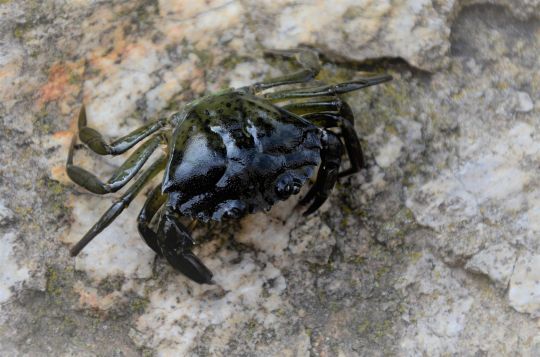
Lure fishing
Lure fishing isn't the easiest thing to do in the foam, especially when the bottom is shallow. However, it's a technique that has its place when the sea is rough and foamy. This foam allows the angler to be more discreet and also allows the larger fish to get closer to the shore in the middle of the day to feed. Oblades, sars, bass or wolffish will be much less wary and more inclined to attack a lure animated in foam. The easiest way is to use leaded heads and soft lures which can be Texan-rigged to avoid a maximum of snags. But swimming fish will also give good results if the current is not too strong and their swimming action remains natural.


